When most people hear “volcanic island,” they might picture dangerous lava flows and restricted areas. The reality is quite different. Many of the world’s most stunning tourist destinations were born from volcanic activity, and they’re now perfectly safe to explore.
These islands offer incredible landscapes shaped by ancient eruptions, from dramatic cliffs to unique rock formations. Here is a list of 20 volcanic islands that welcome visitors with open arms and reliable safety records.
Santorini, Greece
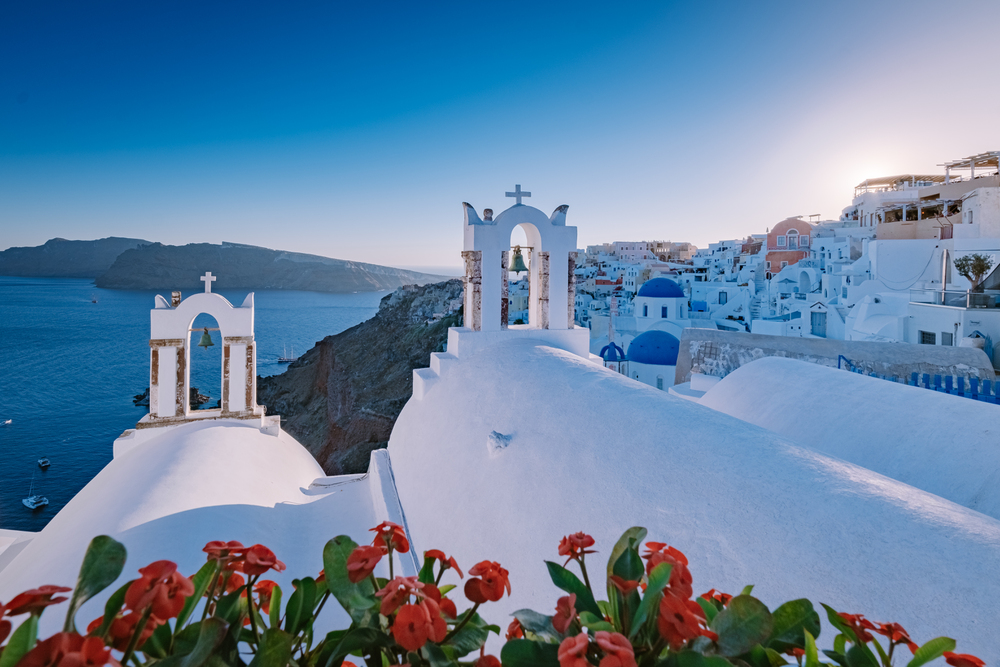
Santorini stands as one of the most photographed volcanic islands in the world, famous for its white-washed buildings perched on dramatic cliffs. The island’s crescent shape comes from a massive volcanic eruption around 3,600 years ago that created the stunning caldera visible today.
Visitors can safely explore ancient ruins, sample local wines, and watch spectacular sunsets without any volcanic concerns.
Maui, Hawaii, USA

Maui’s Haleakalā crater offers visitors a chance to peer into a dormant volcanic landscape that feels like stepping onto another planet. The massive shield volcano last erupted in the 1600s and now serves as a national park where tourists can hike, watch sunrise, and explore unique ecosystems.
The island’s volcanic soil creates perfect conditions for pineapple farms and world-class coffee plantations.
Like Travel Pug’s content? Follow us on MSN.
Big Island, Hawaii, USA

Despite being home to the active Kīlauea volcano, Hawaii’s Big Island maintains excellent safety protocols that allow visitors to witness volcanic activity from secure distances. The island features everything from snow-capped peaks to black sand beaches, all thanks to ongoing volcanic processes.
Tour operators provide safe access to lava viewing areas, and the island’s volcanic national park offers well-maintained trails and visitor centers.
Tenerife, Canary Islands, Spain
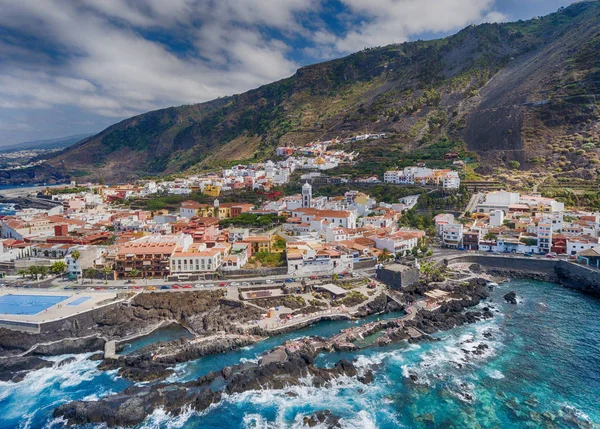
Mount Teide, Spain’s highest peak, dominates Tenerife’s landscape and attracts millions of visitors each year to its lunar-like terrain. This stratovolcano last erupted in 1909 and now operates as a cable car destination where tourists can ascend nearly to the summit.
The island’s volcanic soil supports a unique flora and creates diverse microclimates, making Tenerife a year-round destination.
Sicily, Italy
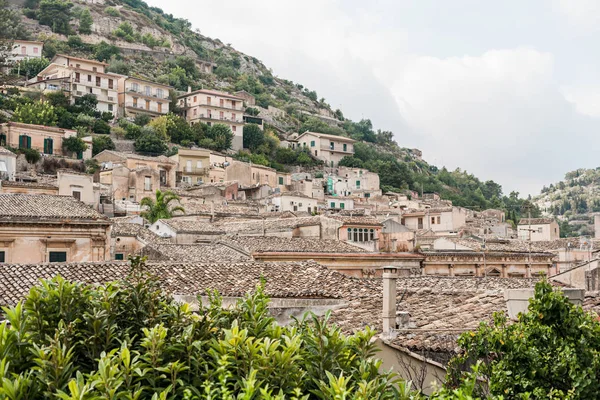
Mount Etna might be Europe’s most active volcano, but Sicily has mastered the art of safe volcano tourism through excellent monitoring and controlled access. Visitors can take guided tours to Etna’s lower slopes, explore lava tubes, and even taste wines grown in volcanic soil.
The island’s rich history combines with its volcanic landscape to create an unforgettable Mediterranean experience.
Like Travel Pug’s content? Follow us on MSN.
Jeju Island, South Korea
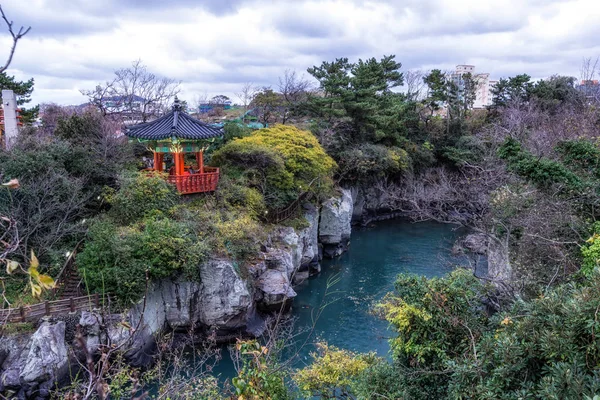
Jeju’s volcanic origins created a UNESCO World Heritage landscape filled with lava tube caves, crater lakes, and unique rock formations called “grandfather stones.” The island’s Hallasan mountain, a shield volcano, provides excellent hiking opportunities through diverse ecosystems from subtropical forests to alpine regions.
The local culture celebrates its volcanic heritage through traditional stone houses and unique agricultural practices.
Bali, Indonesia
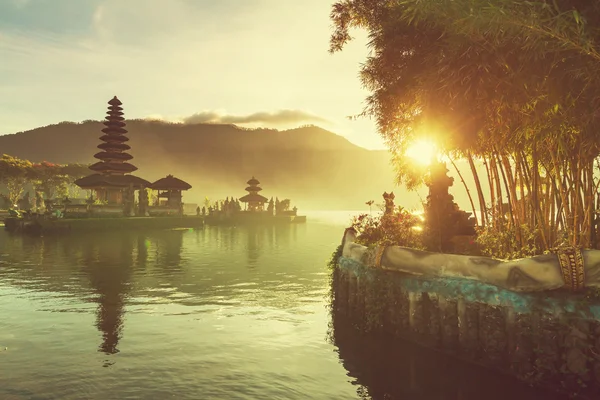
Bali’s volcanic mountains create the island’s famous terraced rice fields and provide a dramatic backdrop for ancient temples and modern resorts. Mount Batur offers safe sunrise hiking experiences where visitors can see active geothermal activity from secure vantage points.
The island’s volcanic soil supports lush tropical vegetation, creating natural hot springs that have become popular spa destinations.
Easter Island, Chile
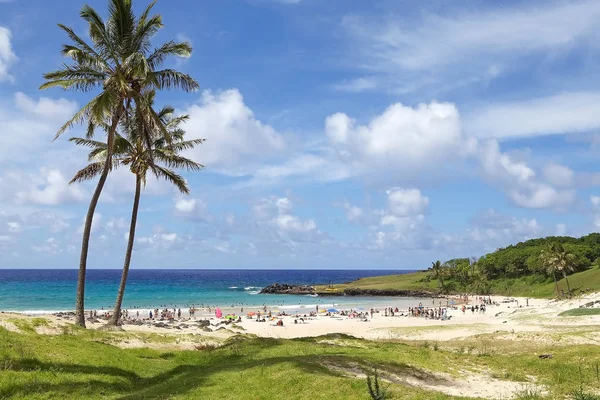
Easter Island’s volcanic landscape provides the foundation for one of the world’s most mysterious archaeological sites, where nearly 1,000 stone statues dot the terrain. The island’s three extinct volcanoes create a triangular shape and offer hiking opportunities with panoramic Pacific Ocean views.
Visitors can safely explore volcanic craters that now contain freshwater lakes and unique ecosystems found nowhere else on Earth.
Like Travel Pug’s content? Follow us on MSN.
Madeira, Portugal
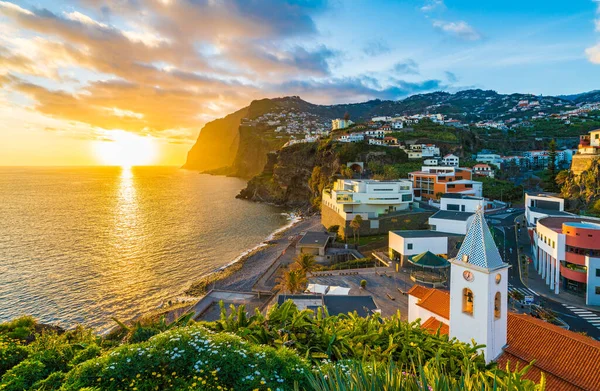
Madeira’s volcanic cliffs and levada irrigation channels create some of Europe’s most spectacular hiking terrain, with trails that wind through laurel forests and along dramatic coastlines. The island’s volcanic activity ceased millions of years ago, leaving behind perfect conditions for subtropical gardens and world-famous wine production.
Modern Madeira combines Portuguese culture with volcanic landscapes that include natural swimming pools carved from lava rock.
Azores, Portugal
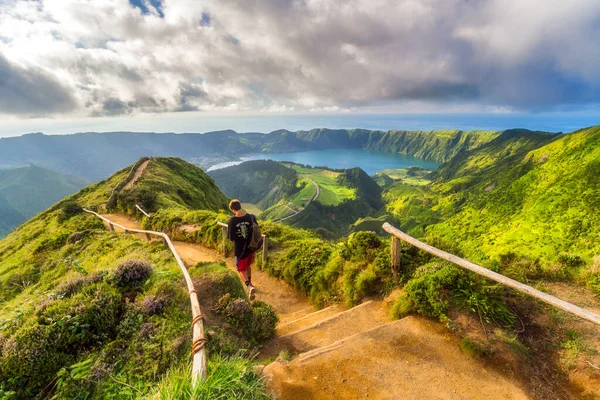
The Azores archipelago showcases volcanic diversity across nine islands, each offering unique thermal springs, crater lakes, and colorful mineral deposits. Visitors can safely explore active geothermal areas, where locals continue to cook traditional dishes using volcanic heat.
The islands’ volcanic soil creates ideal conditions for tea plantations, pineapple greenhouses, and some of Europe’s best whale watching opportunities.
Martinique, Caribbean
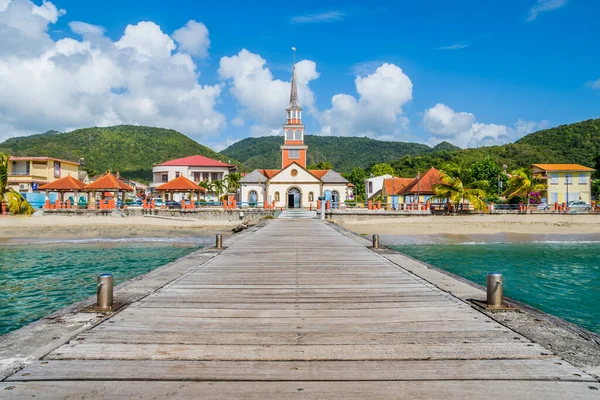
Martinique’s Mount Pelée, despite its devastating 1902 eruption, now welcomes hikers to its summit through well-maintained trails and monitoring systems. The island combines French Caribbean culture with volcanic landscapes that include black sand beaches and tropical rainforests.
Volcanic activity enriches the soil for sugar cane, banana plantations, and the famous rhum agricole production.
Like Travel Pug’s content? Follow us on MSN.
Guadeloupe, Caribbean
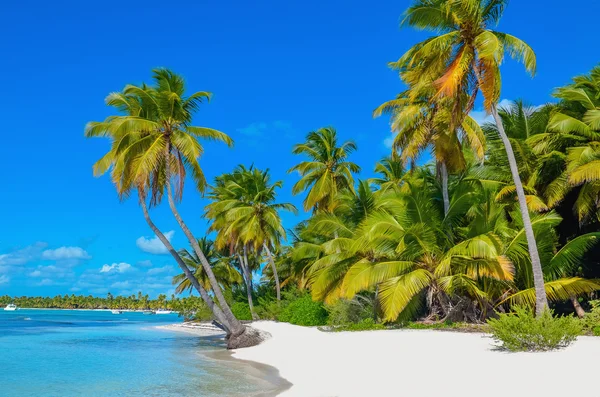
Guadeloupe’s butterfly-shaped profile comes from two distinct volcanic regions that offer everything from active fumaroles to dormant crater hikes. La Soufrière volcano provides challenging but safe hiking opportunities with sulfur springs and panoramic Caribbean views.
The island’s volcanic heritage influences local architecture, with traditional Creole houses built to withstand both tropical weather and seismic activity.
Lanzarote, Canary Islands, Spain
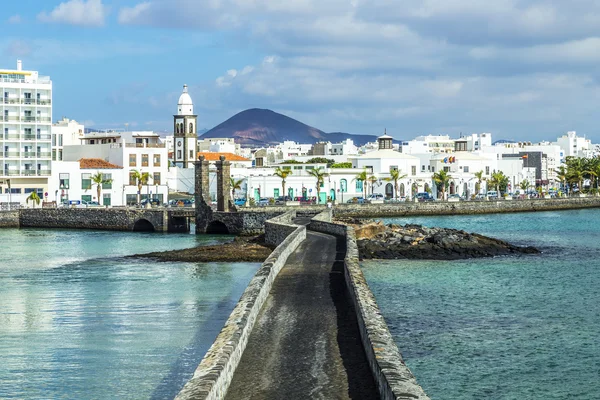
Lanzarote’s recent volcanic activity in the 1700s created a landscape so unique that much of the island operates as a UNESCO Biosphere Reserve. Visitors can safely explore lava fields, volcanic caves, and geothermal demonstrations at Timanfaya National Park.
The island’s commitment to sustainable tourism means volcanic attractions operate with minimal environmental impact while showcasing the raw power of geological forces.
Ischia, Italy
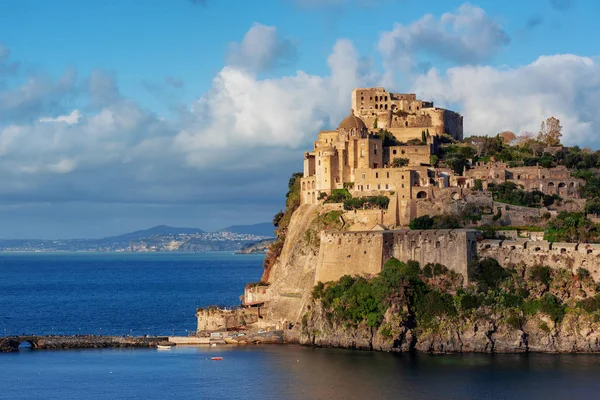
Ischia’s volcanic heat creates some of Europe’s finest thermal spas, where visitors can soak in naturally heated mineral waters while enjoying Mediterranean views. The island’s Mount Epomeo offers gentle hiking trails through volcanic terrain covered in Mediterranean vegetation and ancient settlements.
Local culture embraces the volcanic heritage through traditional pottery made from volcanic clay and gardens that thrive in nutrient-rich volcanic soil.
Like Travel Pug’s content? Follow us on MSN.
Réunion, Indian Ocean
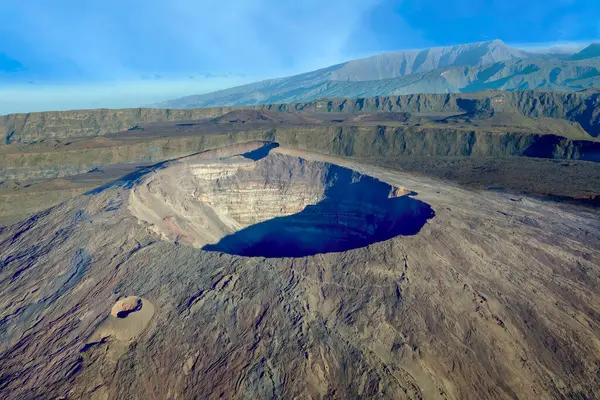
Réunion Island features one of the world’s most accessible active volcanoes, where visitors can safely observe Piton de la Fournaise during its frequent but predictable eruptions. The island’s volcanic activity creates constantly changing landscapes, from new lava flows to established tropical forests in older volcanic areas.
The French administration ensures excellent safety protocols and infrastructure, making volcano viewing both thrilling and secure.
St. Lucia, Caribbean
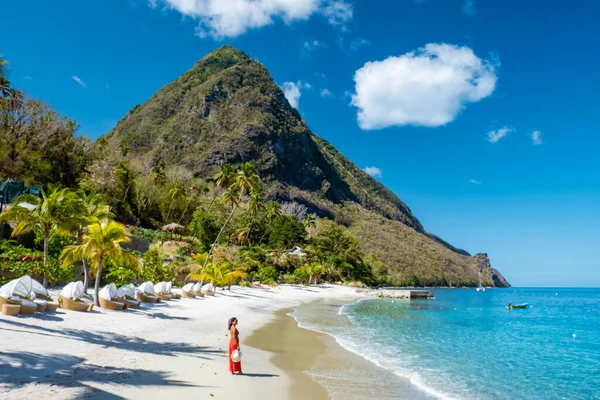
St. Lucia’s iconic Pitons rise dramatically from the Caribbean Sea as remnants of ancient volcanic activity that created some of the region’s most photographed landmarks. Visitors can safely hike these volcanic peaks, explore sulfur springs, and relax in volcanic mud baths that locals claim have healing properties.
The island’s volcanic soil supports cocoa plantations and tropical spice gardens that add flavor to the local cuisine.
Dominica, Caribbean
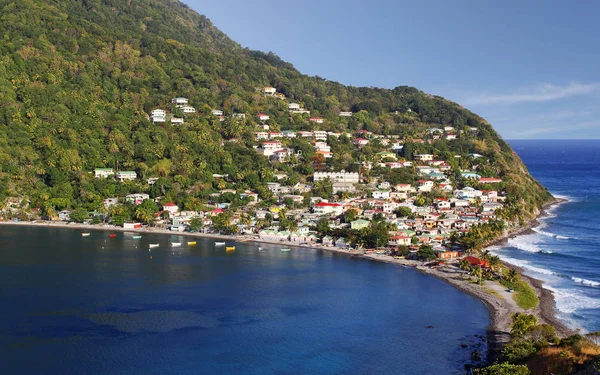
Dominica’s volcanic landscape earned it the nickname “Nature Island of the Caribbean,” with nine active volcanoes that create dramatic waterfalls, hot springs, and lush rainforests. The island offers safe access to Boiling Lake, the world’s second-largest hot spring, through guided hikes that showcase incredible biodiversity.
Volcanic activity provides geothermal energy for local communities while creating unique ecosystems that support rare plants and animals.
Like Travel Pug’s content? Follow us on MSN.
Faroe Islands, Denmark
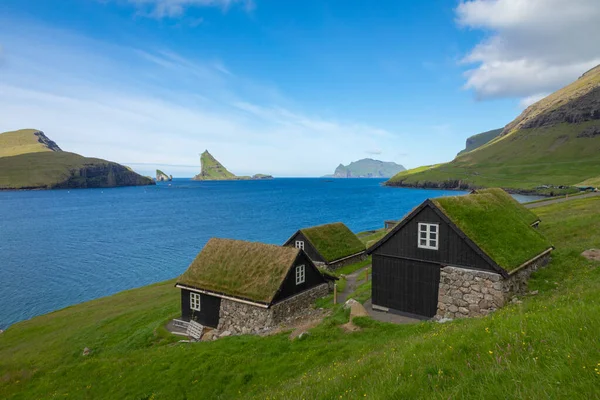
The Faroe Islands’ volcanic foundations create dramatic cliffs and unique basalt formations that rise directly from the North Atlantic Ocean. Ancient volcanic activity shaped these islands into perfect platforms for seabird colonies and traditional grass-roof villages that seem to grow from the landscape itself.
Visitors can safely explore volcanic coastlines that offer some of the world’s most spectacular views of raw Nordic nature.
Capri, Italy
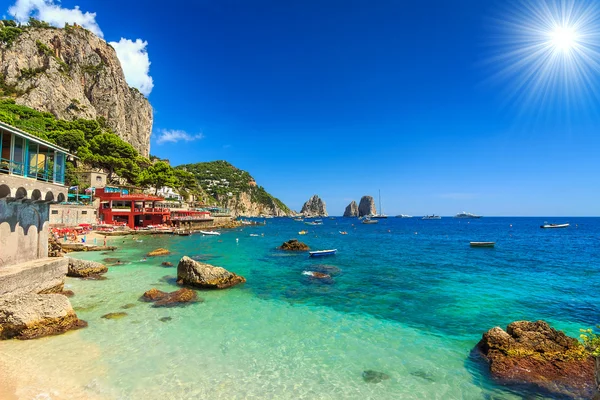
Capri’s limestone cliffs conceal a volcanic foundation that created the island’s famous Blue Grotto and other sea caves through ancient geological processes. The island’s volcanic history contributes to its Mediterranean climate, supporting terraced gardens that produce limoncello and local wines.
Modern Capri combines luxury tourism with geological wonders, including natural arches and hidden grottos accessible by boat.
Galápagos Islands, Ecuador
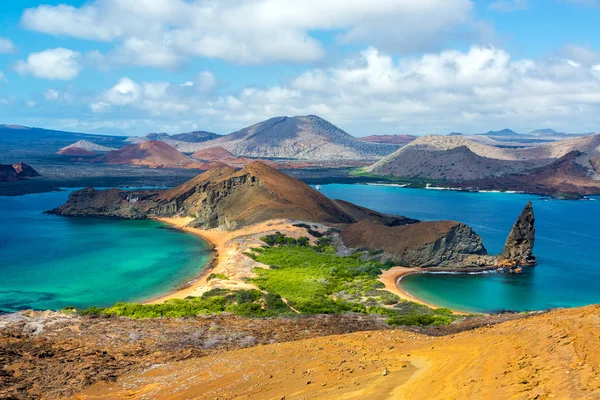
The Galápagos Islands showcase active volcanism alongside world-famous wildlife, where visitors can safely observe both geological processes and evolutionary wonders. Recent lava flows create new habitats while older volcanic terrain supports unique ecosystems that inspired Darwin’s theories.
Strict conservation protocols ensure that volcanic tourism operates sustainably while protecting the delicate balance between geological activity and biological diversity.
Like Travel Pug’s content? Follow us on MSN.
From Fire to Paradise
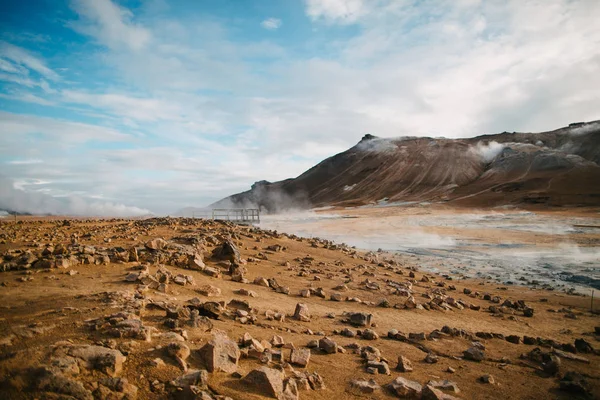
These volcanic islands prove that destruction often creates the world’s most beautiful destinations. What began as violent geological events millions of years ago now provides the foundation for thriving tourism industries and unique cultural experiences.
The mineral-rich soils, dramatic landscapes, and geothermal features that volcanic activity creates continue to attract visitors who seek both natural beauty and geological wonder. Modern monitoring systems and safety protocols ensure that today’s travelers can explore these magnificent examples of Earth’s creative power safely.
More from Travel Pug

- 20 Best Beach Towns in the Carolinas
- 13 Destinations Where Tourists Regularly Regret Their Trip
- 20 Things You Actually Get in First Class
- 20 Small Airports With Aviation Museums
- 20 Places in the U.S. That Are Perfect for a Reset Trip
Like Travel Pug’s content? Follow us on MSN.
